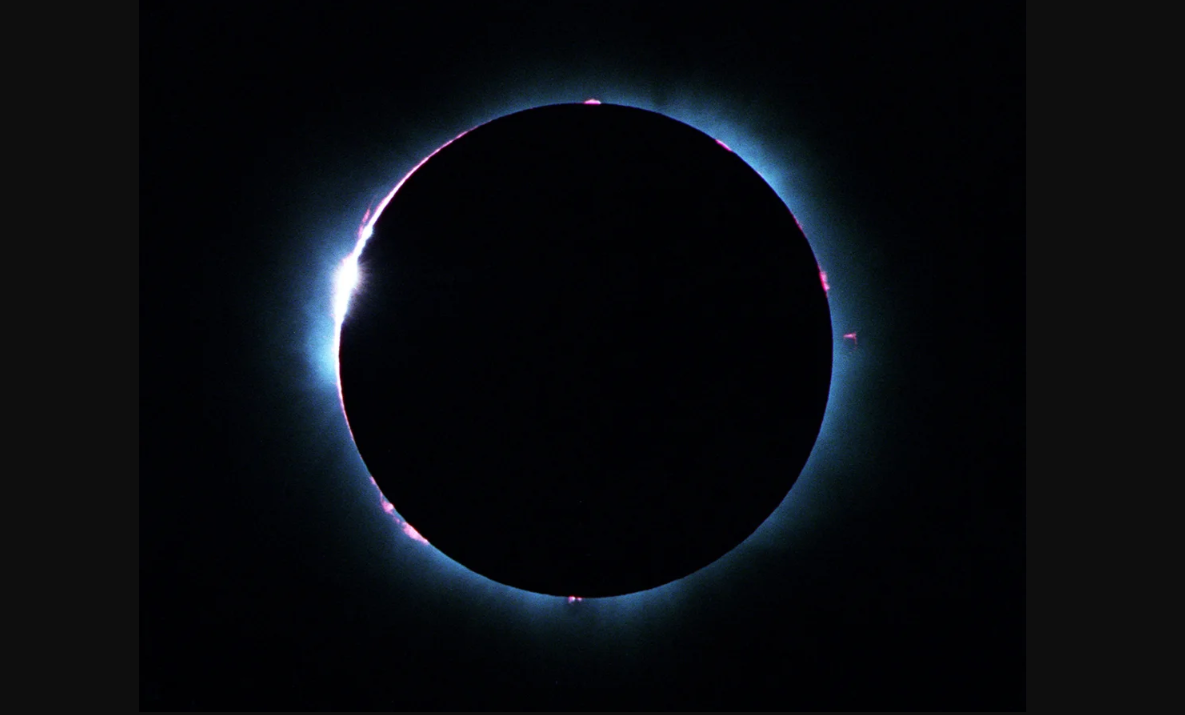
A total solar eclipse event in 1999
Over the decades, the sun has provided many scientific clues. But a total solar eclipse, when the moon blocks the sun, is considered one of the most opportune times to study our star.
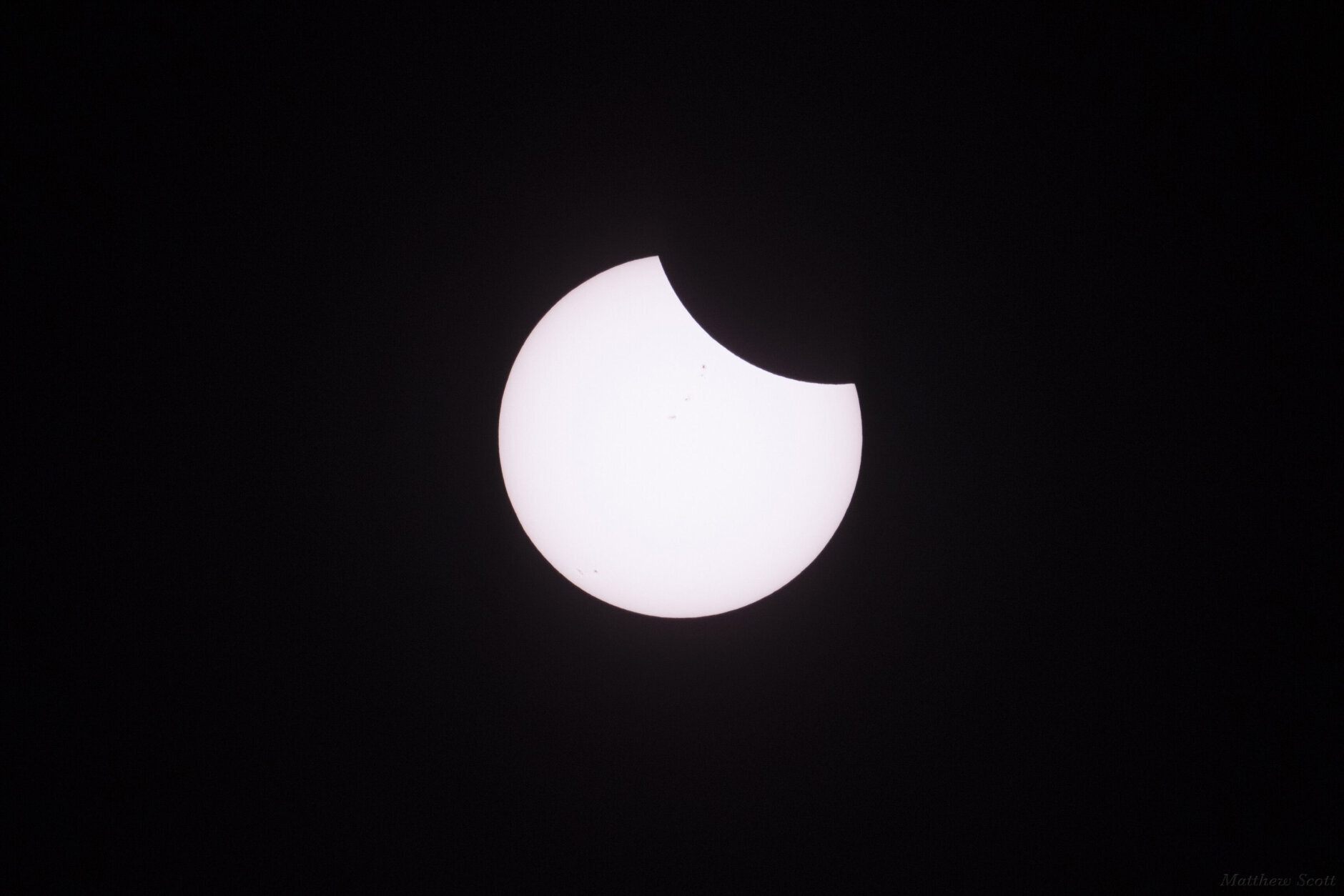
This total solar eclipse begins in Mexico and ends in Canada.
CARNEGIE INSTITUTE OF SCIENCE
Some of the most famous scientific discoveries in human history were made during total solar eclipses, and astronomers hope the April 8 event in North America could provide a similar opportunity.
The total solar eclipse is considered an ideal time to study the sun's surface, according to the Northwest Arkansas Democrat Gazette on April 8, citing scientists from the US National Aeronautics and Space Administration (NASA).
For example, the 1919 total solar eclipse helped physics genius Albert Einstein prove his general theory of relativity.
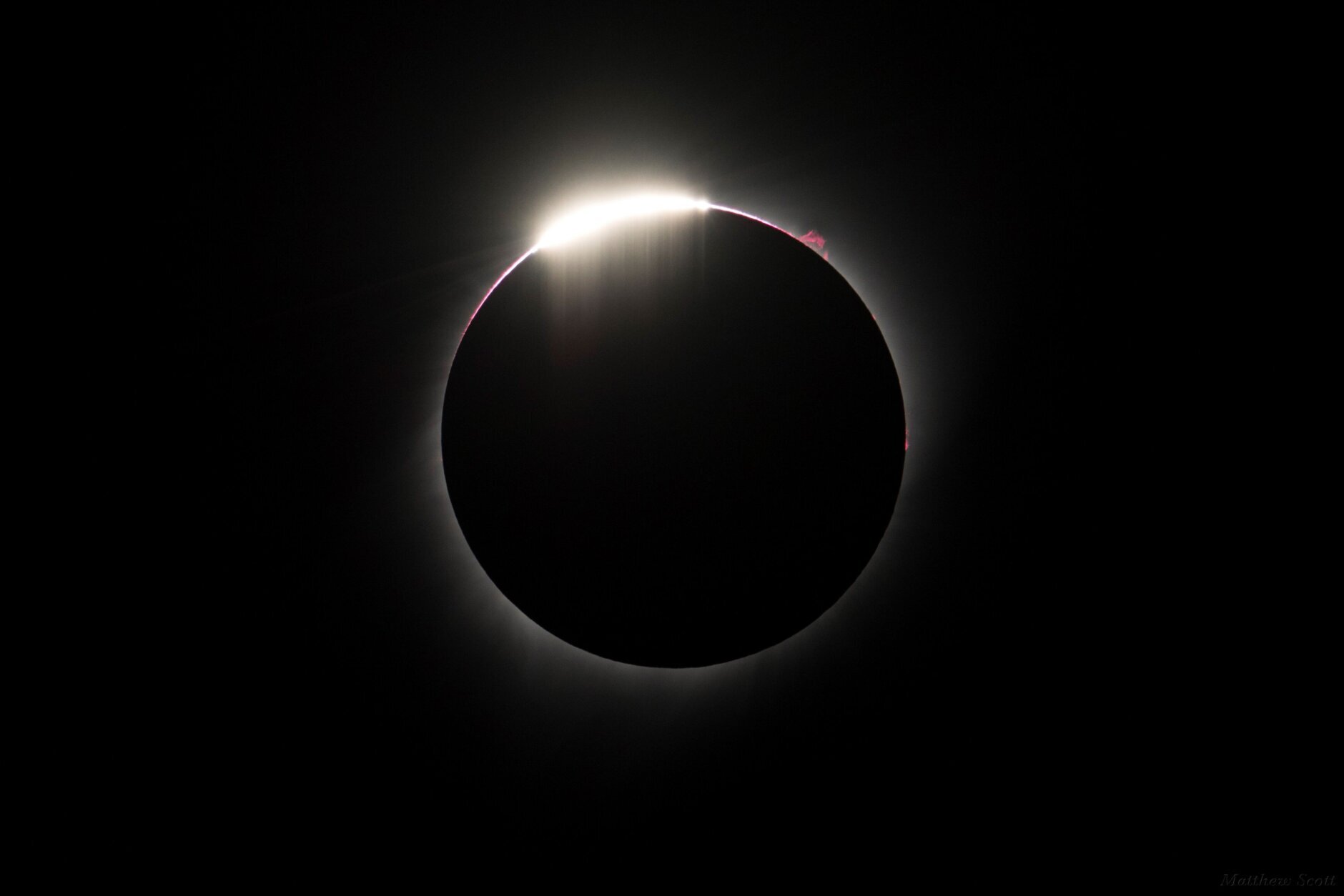
Total solar eclipse is a rare scientific research opportunity
CARNEGIE INSTITUTE OF SCIENCE
According to NASA scientists, the above phenomenon also provides an opportunity to study the solar corona, the sun itself and the space between the earth and the sun in more specific detail.
On December 22, 968, the Byzantine historian Leo Diaconus was the first to observe the sun's corona in Constantinople.
In 1868, when a solar eclipse occurred in India, scientists at that time had nearly 7 minutes to study it and discovered an important component of the sun, which is helium gas.
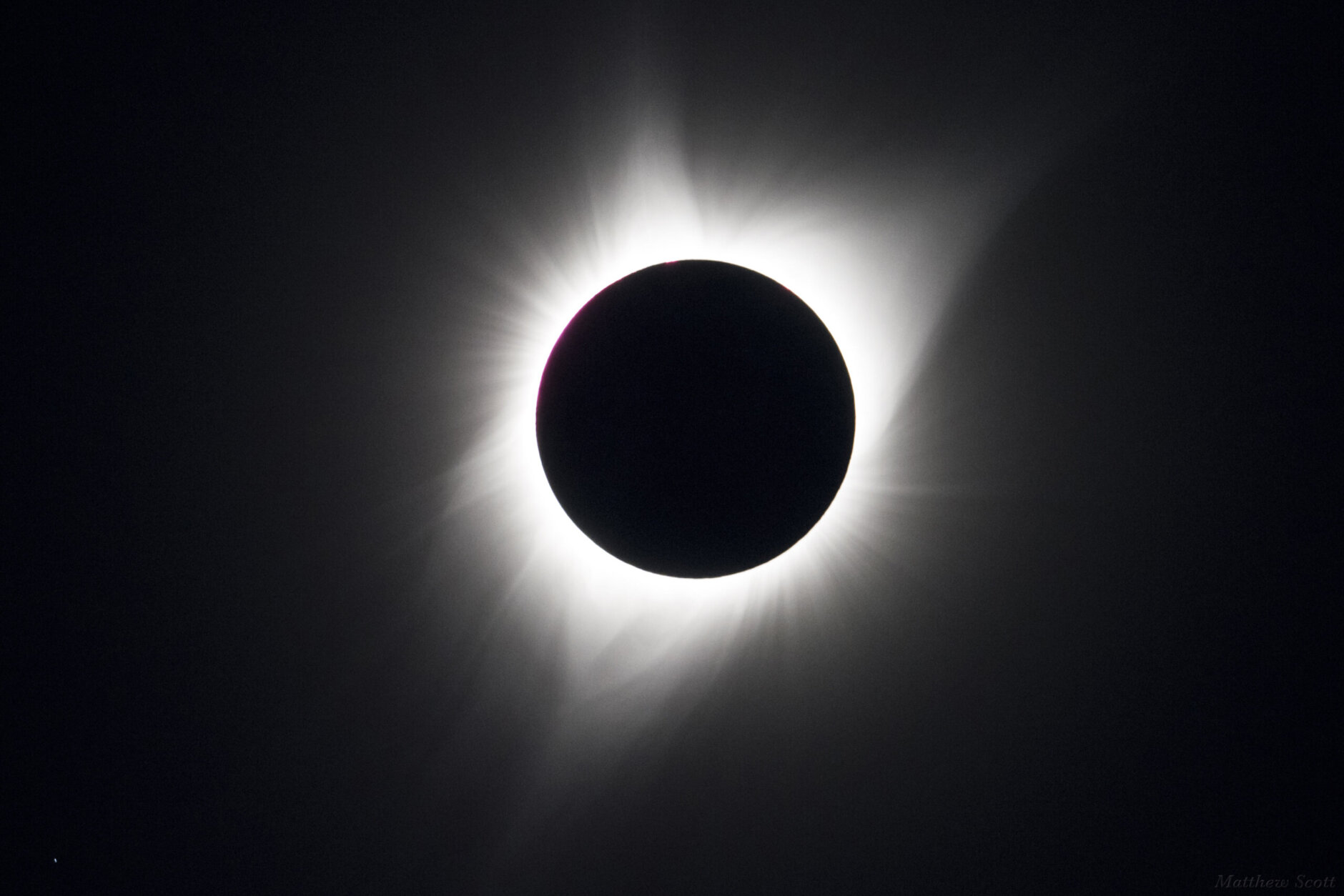
The moment the moon completely covers the sun
CARNEGIE INSTITUTE OF SCIENCE
This year, scientists around the world have only about 4 minutes to study the corona. However, they still hope that, with the support of modern equipment and a global network of experts, humanity will be able to discover new secrets about the sun.
The eclipse will first appear in the South Pacific and begin its journey across North America. The Pacific coast of Mexico will be the first stop on the journey, expected at 1:07 a.m. on April 9 (Vietnam time), before ending on the Atlantic coast of Newfoundland, Canada at 2:46 a.m. on April 9.
Source link








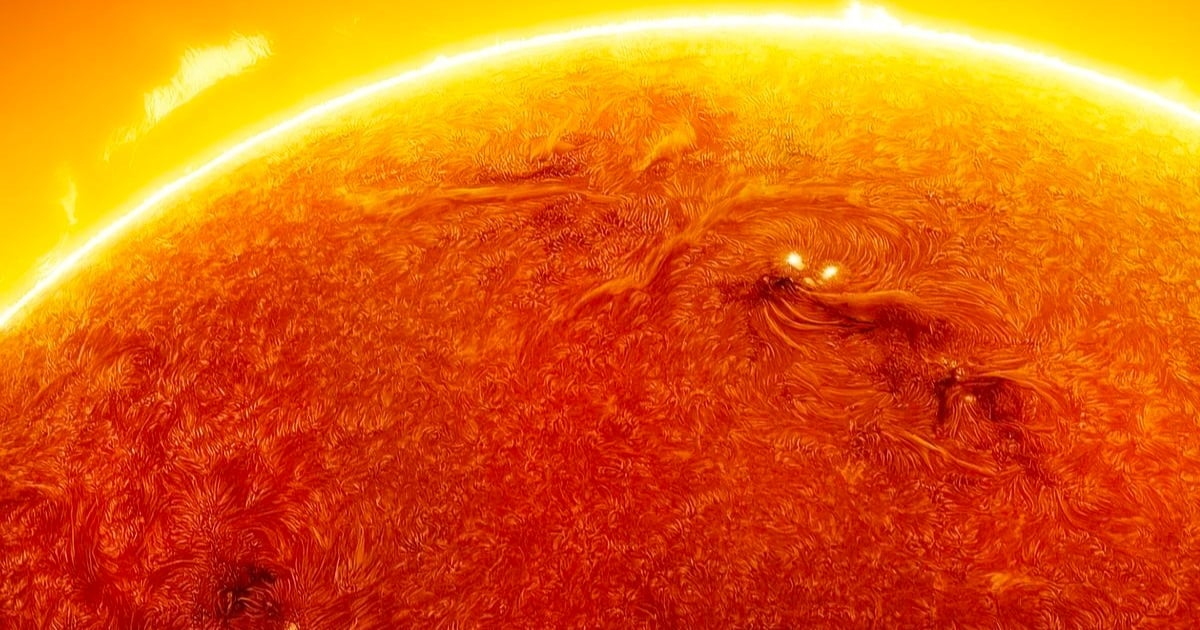


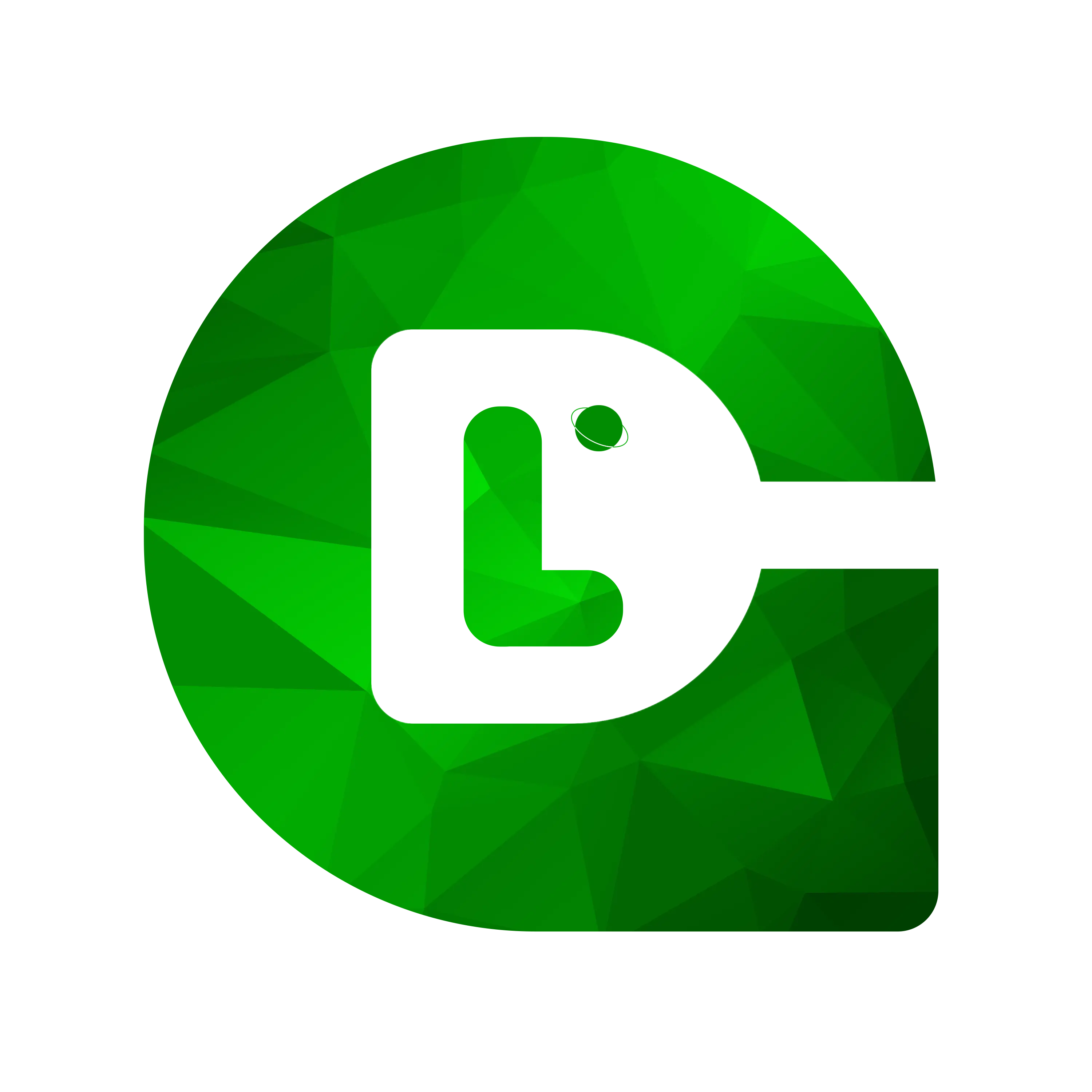
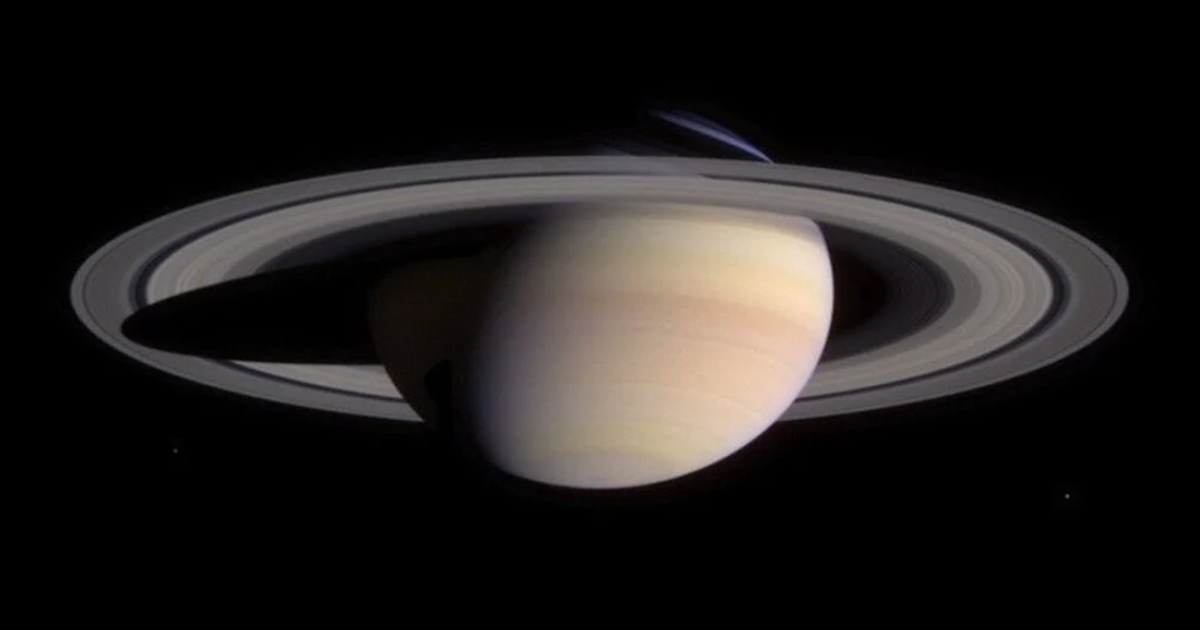
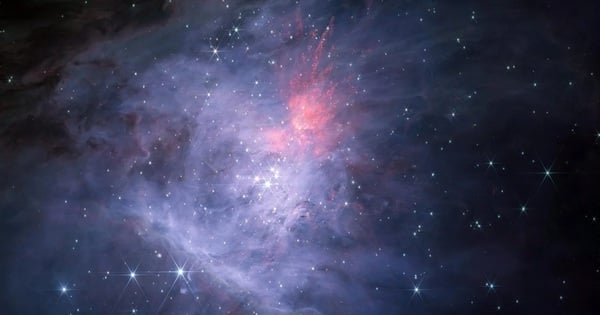

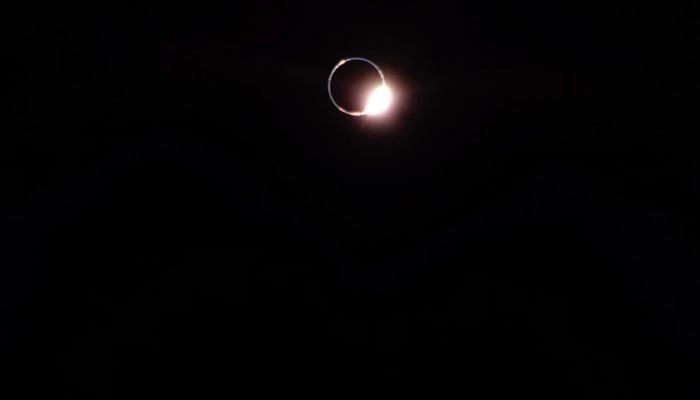

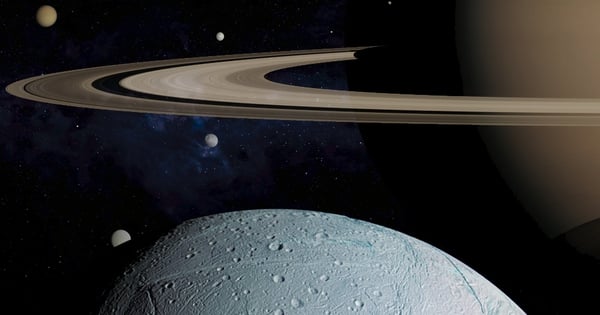















![[Photo] Visiting Cu Chi Tunnels - a heroic underground feat](https://vstatic.vietnam.vn/vietnam/resource/IMAGE/2025/4/8/06cb489403514b878768dd7262daba0b)







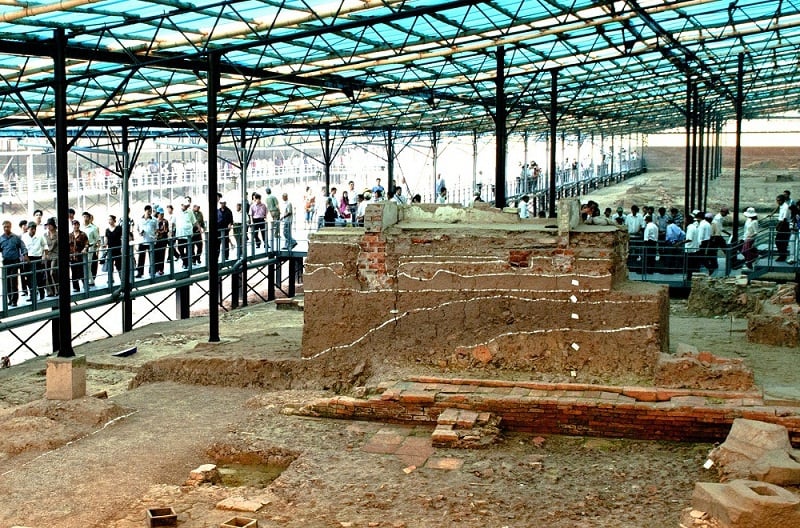





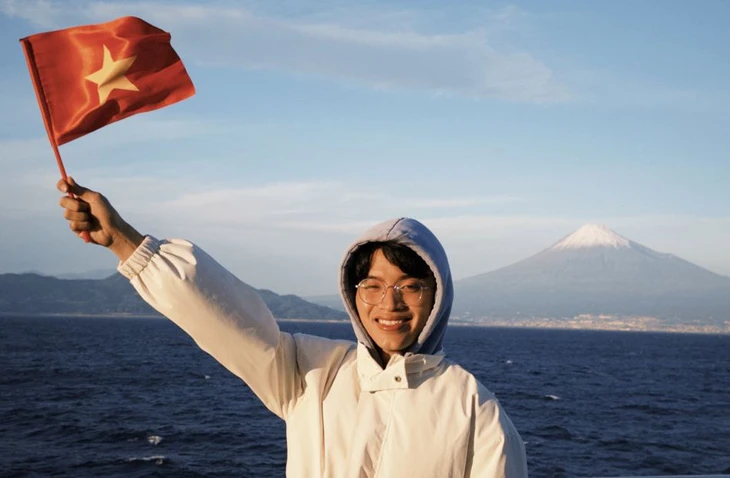










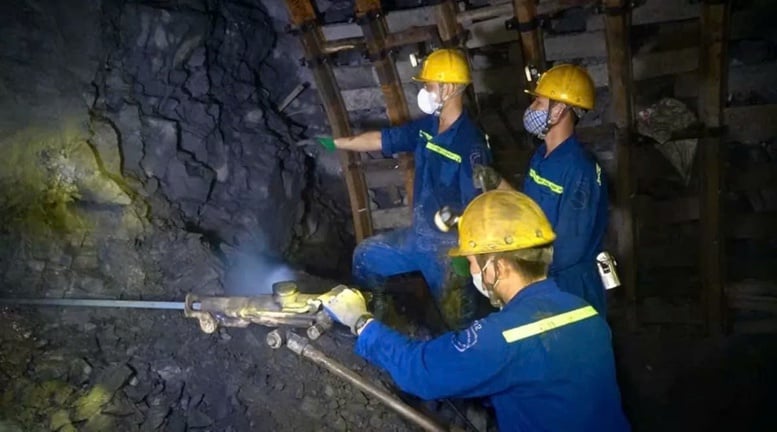
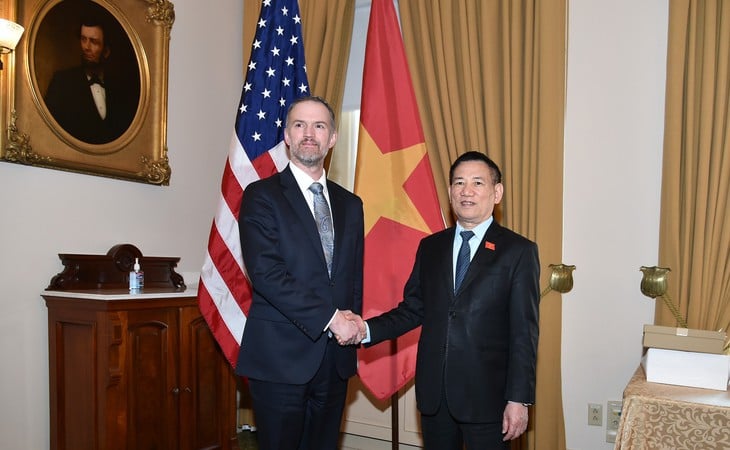














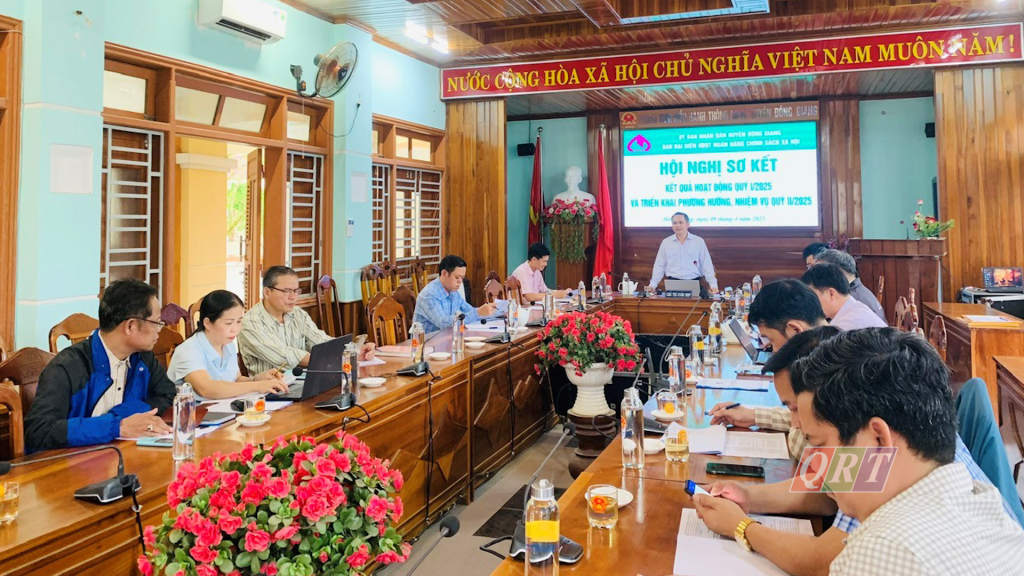
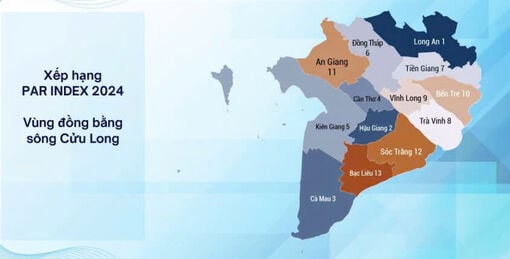

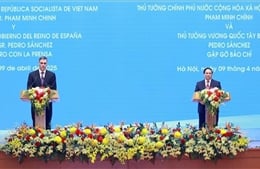








Comment (0)